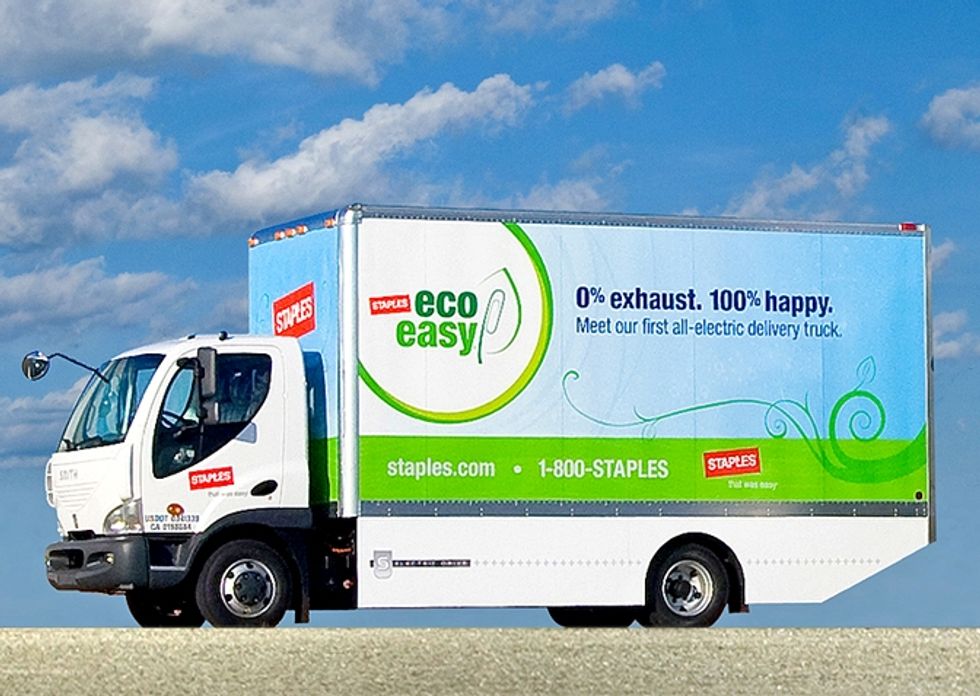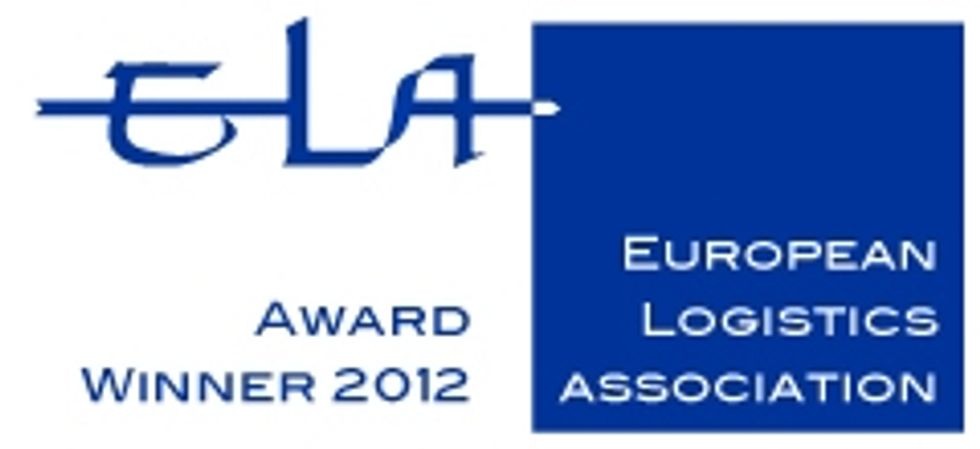Key Fuel Strategies Improve Overall Fuel Economy
For motor carriers, fuel is the second highest budget item and for some companies it is threatening to surpass personnel costs. What’s more, diesel prices continue to inch higher and industry analysts expect fuel costs to remain volatile throughout 2012 and into 2013. Managing fuel spend is an important aspect of a fleet’s operation. Pennies on the gallon matter and with the right technology, equipment and driver behavior, carriers can better manage fuel costs and improve efficiency.
Spec the Right Truck: the environment a fleet runs in, the weight of the payload they carry, and the type of trailers they haul all affect fuel economy, and selecting the right truck for the job can significantly improve miles per gallon. There are many features that impact fuel economy, such as the type of tires used, the rear-axle rations, aerodynamic features and auxiliary power units. For example, every two percent reduction in aerodynamic drag can improve fuel efficiency by one percent. To best match a carriers’ need with the right vehicles, they should carefully detail their applications, such as local, regional or long haul; and their environment, whether it is urban, rural or highway. By digging down into the details of their operations, carriers can ensure they best match their applications with the right truck capabilities.
Maximize Driver Performance: shifting, braking and accelerating all effect fuel economy. By properly training drivers, carriers can ramp up their miles per gallon while also increasing safety. When drivers decrease their speed and use cruise control, they improve fuel economy. Cruise control creates a smoother, more fuel-efficient throttle than a driver could achieve on his own. Proper acceleration in which a driver achieves cruising speed promptly while avoiding full throttle also saves fuel. By minimizing the amount of hard braking a driver does, carriers can further improve fuel efficiency. Drivers who anticipate stops and brake slowly can save as much as 10 percent of fuel over those who routinely drive with hard acceleration and braking.

Control Speed: in addition to training drivers to maintain safe speeds, carriers can also set maximum speed limits for their vehicles. They should also encourage drivers to rely on their cruise control options. Fuel economy can be improved by as much as 10 percent when cruise control is fully utilized.
Maintain Vehicles: by regularly maintaining vehicles and analyzing vehicle performance at scheduled preventative maintenance intervals, carriers can further improve fuel economy. In addition, carriers may find that investing in new technology may be justified by the fuel economy on the new trucks.
Need Help with Your Fleet? Penske Truck Leasing offers full-service leasing and a wide array of comprehensive services that can help improve the performance of your fleet. Visit www.pensketruckleasing.com to learn more or call 1-888-234-4201 for more information.
By “Move Ahead” Staff


 Gallick, along with other industry executives, spoke in a panel discussion at the National Press Club in Washington, D.C.,
Gallick, along with other industry executives, spoke in a panel discussion at the National Press Club in Washington, D.C.,  Gallick (photo on right) said there has been more emphasis on optimizing the movement of goods, including improved layout and design of warehouses. “It is about optimization within the four walls,” he said.
Gallick (photo on right) said there has been more emphasis on optimizing the movement of goods, including improved layout and design of warehouses. “It is about optimization within the four walls,” he said. 
 FMCSA will also be renaming the Cargo-Related BASIC to the Hazardous Materials (HM) BASIC, which will better identify HM-related safety problems and change how HAZMAT carriers are classified to allow for increased intervention scrutiny. Now HAZMAT violations will be placed in the HAZMAT BASIC, which will better identify HAZMAT-related safety problems and change how HAZMAT carriers are classified to allow for increased intervention scrutiny. The HAZMAT BASIC will include items such as placarding and paperwork violations.
FMCSA will also be renaming the Cargo-Related BASIC to the Hazardous Materials (HM) BASIC, which will better identify HM-related safety problems and change how HAZMAT carriers are classified to allow for increased intervention scrutiny. Now HAZMAT violations will be placed in the HAZMAT BASIC, which will better identify HAZMAT-related safety problems and change how HAZMAT carriers are classified to allow for increased intervention scrutiny. The HAZMAT BASIC will include items such as placarding and paperwork violations.


 Shippers would do well to be mindful of these key considerations when evaluating a DCC provider:
Shippers would do well to be mindful of these key considerations when evaluating a DCC provider:






 Innovative Concept Helps the Environment
Innovative Concept Helps the Environment “Simply excellent” were the words the European Logistics Association’s judges used to describe the project. “Redesigning a spare parts supply chain is not an easy task, but combining this with the acquisition of other brands to be included in the logistics network in Europe is a true challenge. This supply chain is particularly complex, due to the high number of unique items to be managed, the heterogeneity of those items, and the extremely short lead times that dealers require. The industrywide cooperation makes the Network Integrator a state-of-the-art example. This excellent concept produces excellent results in cost reduction, increased customer service and advantages for the planet through deep collaboration. On top of that it delivers several exemplary models for the future,” the case study judges wrote.
“Simply excellent” were the words the European Logistics Association’s judges used to describe the project. “Redesigning a spare parts supply chain is not an easy task, but combining this with the acquisition of other brands to be included in the logistics network in Europe is a true challenge. This supply chain is particularly complex, due to the high number of unique items to be managed, the heterogeneity of those items, and the extremely short lead times that dealers require. The industrywide cooperation makes the Network Integrator a state-of-the-art example. This excellent concept produces excellent results in cost reduction, increased customer service and advantages for the planet through deep collaboration. On top of that it delivers several exemplary models for the future,” the case study judges wrote. Spare parts logistics has become more challenging for the automotive industry in Europe due to the increasing number of spare parts as a result of increased vehicle complexity. Ford collaborated with Penske Logistics and co-developed the Network Integrator concept into a best-in-class model in industry collaboration.
Spare parts logistics has become more challenging for the automotive industry in Europe due to the increasing number of spare parts as a result of increased vehicle complexity. Ford collaborated with Penske Logistics and co-developed the Network Integrator concept into a best-in-class model in industry collaboration. “Our goal is to continue expanding the concept and encourage other companies of the automotive industry to join the Network, and further leverage economies of scale – to the benefit of each partner participating in the Network and to the environment," Damerow continued. "Last but not least, the customer benefits as well, as we can provide the highest service level through a stable network."
“Our goal is to continue expanding the concept and encourage other companies of the automotive industry to join the Network, and further leverage economies of scale – to the benefit of each partner participating in the Network and to the environment," Damerow continued. "Last but not least, the customer benefits as well, as we can provide the highest service level through a stable network."



